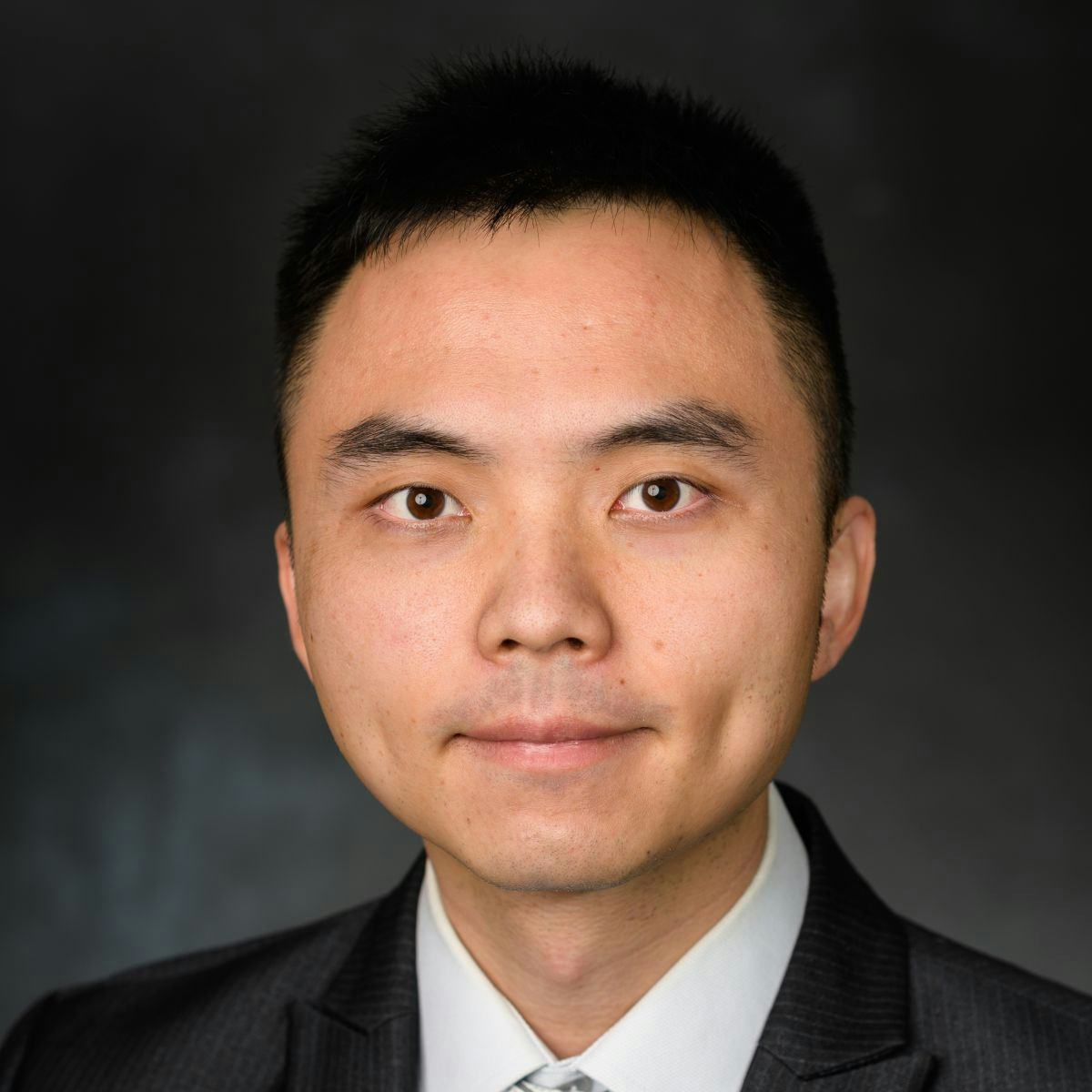Stevens Professor Employs AI to Lead the Way in Developing New Antibody Treatments
Assistant professor Pin-Kuang Lai works on making antibody treatments more accessible to everyone
Most antibody treatments happen at the hospital, or doctor’s office, intravenously. These treatments help heal complex diseases and promised a revolution in medicine when they first appeared on the market. But not everyone can take time out of their schedule to go to the hospital regularly, not to mention cover the costs associated with travel to a healthcare facility that can administer these injections. That’s why in recent years, the industry is moving toward more convenient dosing schemes that enable the delivery of drugs at patients’ homes.
To get there, Pin-Kuang Lai, an assistant professor in the Department of Chemical Engineering and Materials Science at Stevens Institute of Technology, needed to make drugs more concentrated—to fit all the active molecules that would otherwise take hours to be absorbed by the human body into one single syringe.
From now, one quick dose should suffice.
That’s why Lai is working on helping companies predict which combination of proteins will be viscous and which won’t. When injecting a drug, you don’t want a substance thick like molasses, Lai said, but a watery solution that will easily enter a patient’s body. To predict this quality, his team analyzes the electric charge of any subset of molecules. Positive endings attract their opposites, “so you want to avoid too many of those combinations.”
A world opening up
Landing on the right combination has been Lai’s mission since college. After finishing his M.S. in chemical engineering at National Taiwan University, he entered a Ph.D. program at the University of Minnesota. His experience applying computational methods to study biological processes proved to be useful working with protein combinations. Their movement and structures fascinated Lai. Soon, he started studying antimicrobial peptides and other protein therapies. One day, these could be used as alternatives to antibiotics, Lai hopes we haven’t developed resistance to them yet.
As a post-doctoral researcher at MIT, Lai was able to build on this research. “This was an opportunity for me to understand what proteins could actually be developed into drugs,” he said. That’s when he first gauged the potential of home-administered antibody treatments. “Millions of dollars can be saved if a drug won’t turn out to be fluid enough early on in the process. Our methods help companies screen which molecules have a higher chance to be successful.”
Lai didn’t always like biology and biomedical research, he said. It wasn’t until he took biochemistry in college that a whole world opened up to him – “as soon as I understood molecules as building blocks to biochemical processes, I saw what they might do.”
Visualizations have always been an important part of Lai’s scientific discovery process. An avid sports fan, he played basketball in high school. He later turned to softball in college to unwind after a long day at the lab. Even then he enjoyed watching the trajectory of a winning pass, he said, of basketballs “reminiscent of molecules,” that could change the direction of a game in an instant.
The power of AI
Lai’s next step involves teaching machines to calibrate a drug’s viscosity without needing any real molecules as touchstones. High concentration antibody treatments, which tend to stick together more easily, particularly benefit from supercomputers’ processing power.
Lai is quick to remind us why this matters – if machines can predict physical properties such as viscosity, the cost of development of new drugs would go down even further, he said. This way, he feels confident his team will be able to quickly expand the list of available treatments.
These treatments can help cure infectious diseases like COVID-19, auto-immune diseases, and even cancer. The possibilities are endless. But no matter which drug he’s helping to develop, Lai’s research questions always remain the same: how easily can these molecules be developed into drugs? How easily will people be able to inject themselves with these drugs? Lai’s work is instrumental in predicting these likelihoods. “Our models guide and predict the drugs of the future.”



